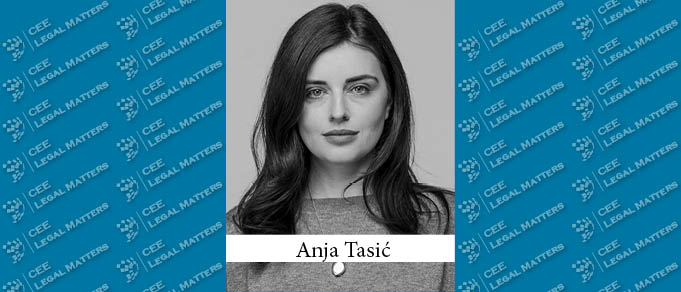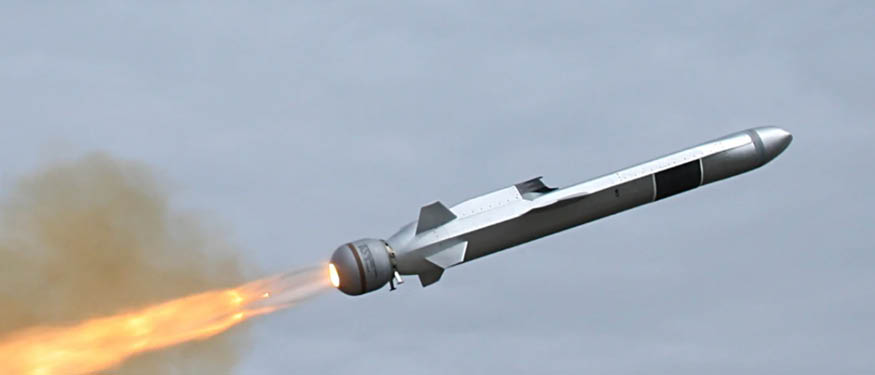If one were to glance over the website of the Montenegrin Agency for Protection of Competition (Agency), one may reach what will turn out to be a premature conclusion that the Agency is not an overly active enforcer, especially when it comes to merger control-related infringements. One will also not be able to learn much about the Agency’s fining practices. To gain a more realistic picture of its track record with gun-jumping cases, a deeper dive into publicly available data is required. Reasons for this lie mostly with how the Montenegrin legal system for the levying of competition fines is set up.
In the EU and in many European countries, the European Commission and the national competition authorities have the power to establish the existence of infringements and to impose fines for such infringements. In contrast to systems where these two powers rest with the competition authority, in Montenegro, the Agency may only decide on the existence of infringements, but it cannot also impose fines for them – the Agency’s fining capacity ends with its ability to, in line with the Misdemeanor Act, issue a misdemeanor fine order, requesting from the infringing undertaking to voluntarily pay a fine. If the undertaking opposes such payment, it can challenge the Agency’s fine order before the Misdemeanor Court (Court) and only the Court will be able to impose a final and enforceable fine within its misdemeanor proceedings.
Generally, in line with the Montenegrin Competition Act, fines for competition infringements, including gun-jumping, can range from 1% to 10% of the undertaking’s turnover, whereas a fine for a late merger filing can range from EUR 4,000 to EUR 40,000. The Misdemeanor Act, however, limits the Agency’s fine-setting freedom as it requires that in the case of prescribed fine ranges, relevant authorities must always set minimal fines in their fine orders. Although this rule is intended to be favorable towards the breaching party, for competition infringements, it is of little avail as it means that even for laxer infringements surrounded by mitigating circumstances, the Agency cannot set a fine lower than 1% of the undertaking’s turnover – something that is quite common in jurisdictions where only a fine cap exists. Only the Court will be able to adjust the fine level within its misdemeanor proceedings – taking note of the gravity of the infringement, its consequences, and the mitigating and aggravating circumstances – including to below the level of 1%.
The Agency’s fine orders and subsequent Court’s decisions (if any) are not publicly available. Moreover, decisions by which the Agency establishes the existence of gun-jumping infringements or of more procedural infringements of late merger filings are not published either. The only insight one can have into the enforcement practice of the Agency (and the Court’s) on merger control-related infringements lies within the Agency’s Yearly Work Reports, the Agency’s occasional summarized press releases, or a bureaucratic process of approaching the Court with requests for accessing data of public importance that yield mostly statistical data.
The Agency’s Yearly Work Reports paint the most detailed picture of the Agency’s (and the Court’s) enforcement practice in this area. The Agency did not have any gun-jumping cases under its belt up until 2021 when it issued a total of five gun-jumping misdemeanor orders against two local companies. Four out of five orders were against M:TEL – the Montenegrin telecom operator – for the same amount of over EUR 800,000, making these by far the highest fines the Agency has ordered so far, including in cartel cases. M:TEL has challenged the fine orders and the Court’s decisions are pending. The Agency also issued orders for EUR 4,000 fines for late merger filings in eight cases, out of which seven came between 2019 and 2021. The background of these cases and the Agency’s rationale for trying them are unknown.
The lack of enforcement transparency means less awareness of the general rules, less deterrence for market players, less insight into the authority’s expected interpretation of the applicable rules, and no possibility to accurately predict the authority’s likely enforcement behavior. In Montenegro, this lack of transparency is inextricably tied to the Montenegrin convoluted fining system, criticized in the past by both the Agency and the European Commission. The Montenegrin legislators are yet to act upon this criticism and until then, we are left to battle the obscurity of information by connecting the tiny dots that are available to us.
By Anja Tasic, Partner, Radovanovic Stojanovic & Partners
This article was originally published in Issue 10.6 of the CEE Legal Matters Magazine. If you would like to receive a hard copy of the magazine, you can subscribe here.

















